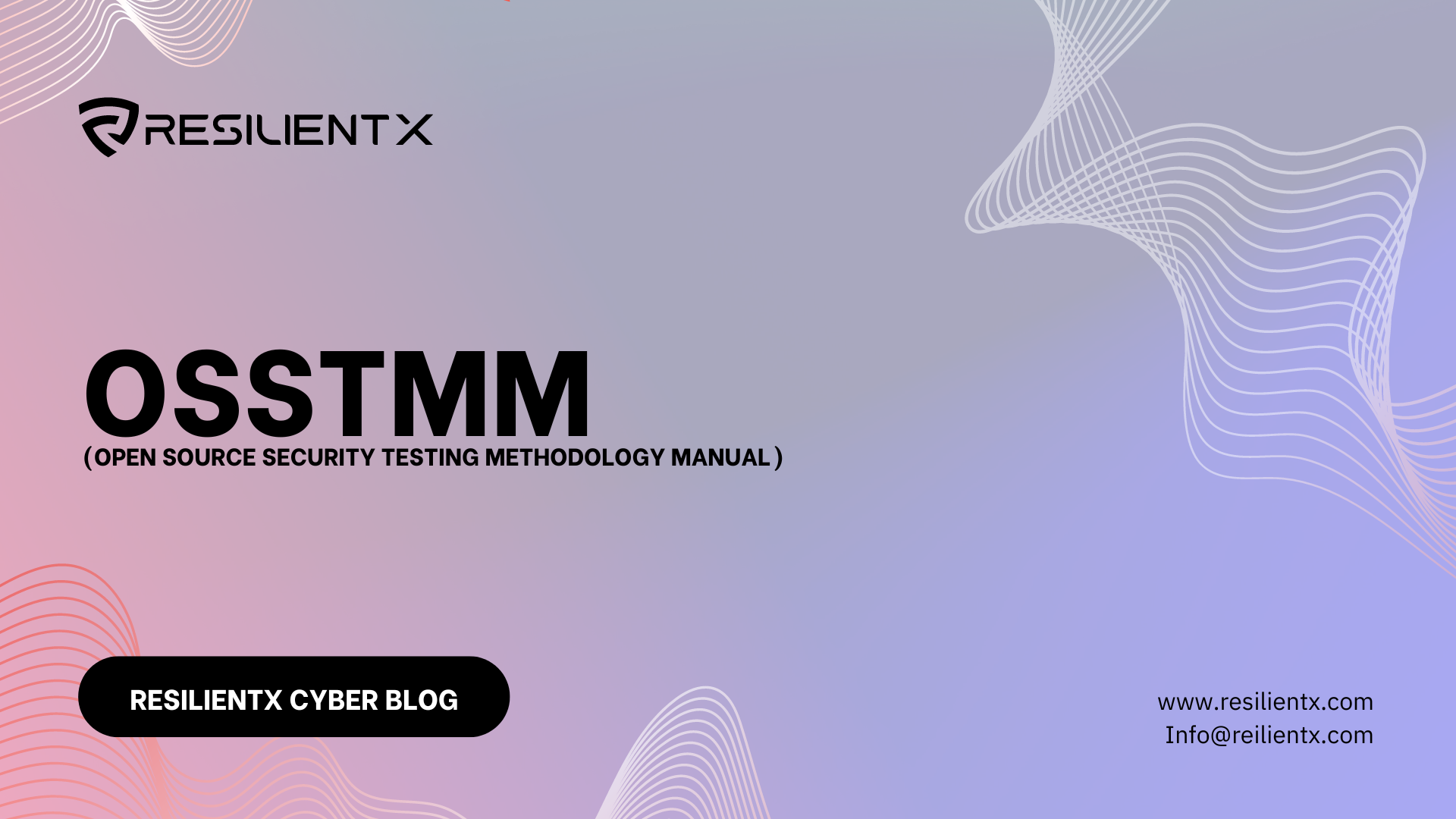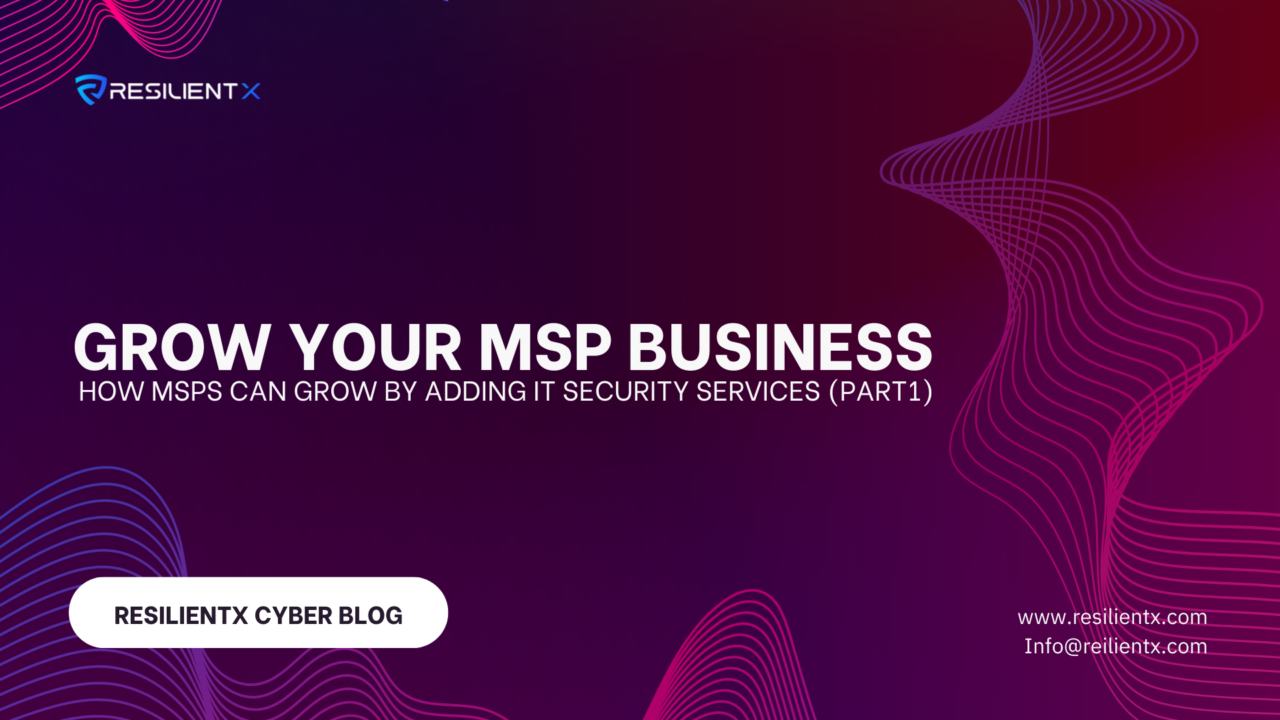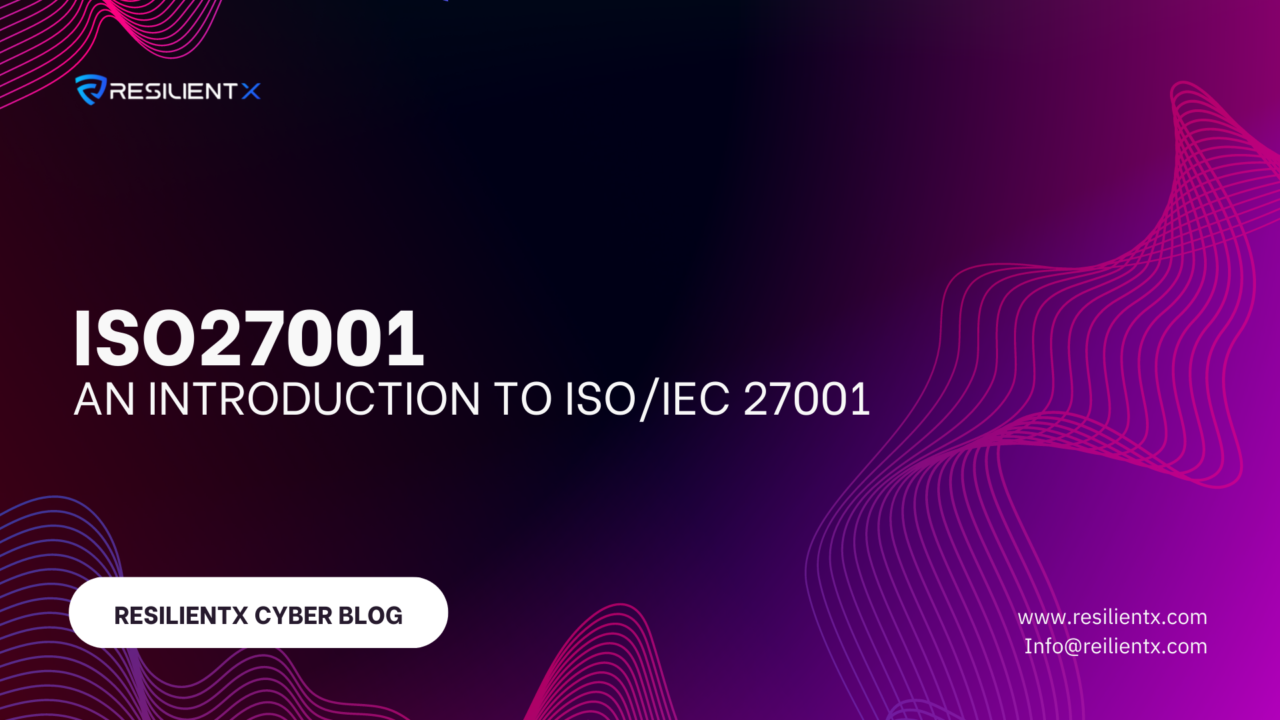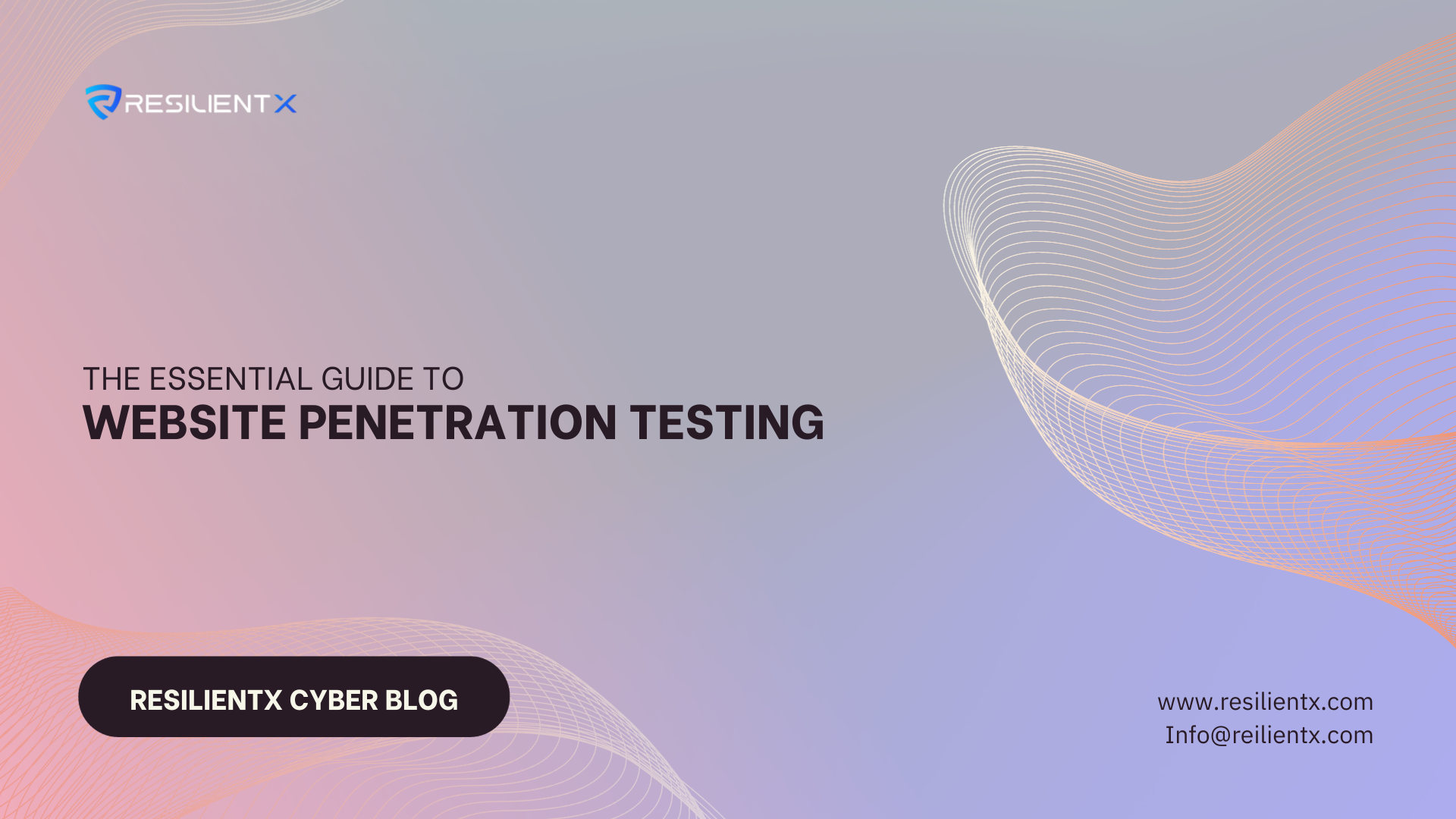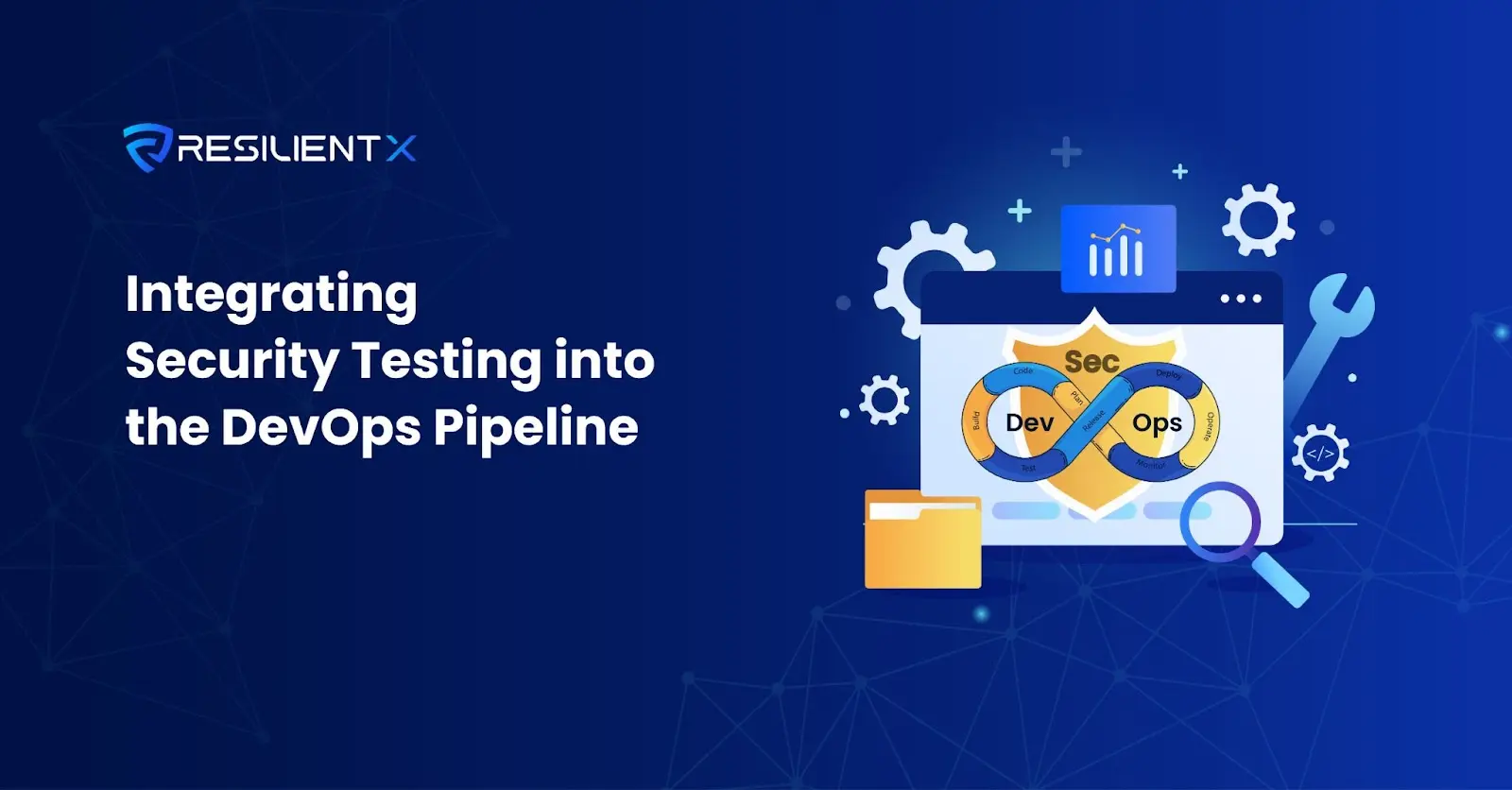
Integrating Application Security Testing (AST) into the DevOps pipeline is not just a best practice; it’s a necessity for teams aiming to deliver secure and robust applications swiftly. As the line between development and operations blurs, the traditional approach of addressing security late in the development cycle is proving to be both inefficient and risky.
The advent of DevSecOps, embedding security into every phase of the software development lifecycle (SDLC), offers a proactive stance on security. This integration ensures that security considerations are not an afterthought but a fundamental aspect of the development process.
By adopting this approach, teams can identify and mitigate vulnerabilities early, reduce the cost of security compliance, and accelerate the time to market without compromising on security. This blog aims to demystify the process of weaving Application Security Testing seamlessly into the DevOps pipeline, highlighting its critical role in building software that is not only functional but also secure by design.
Understanding DevOps
DevOps represents a transformative shift in the way businesses approach app and service delivery, blending philosophies, practices, and tools to enhance efficiency and speed. This methodology has rapidly gained traction, emphasizing the seamless integration of development and operations teams to foster a culture of high performance, rapid delivery, and continuous improvement.
However, despite its widespread adoption, a critical element often remains on the periphery—security. A notable SecOps study revealed a striking perspective among CEOs, with 68 percent asserting that security and operations teams should avoid any actions that could decelerate business processes.
This viewpoint underscores a significant oversight in the traditional DevOps model: the underestimation of security’s role in enhancing, rather than hindering, overall efficiency and product quality.
Transitioning to DevSecOps
DevSecOps emerges as a natural evolution of DevOps, embedding a security-first mindset into every phase of the development lifecycle. Contrary to the assumption that incorporating security at each step would lead to increased time and costs, the reality is quite the opposite.
When implemented effectively, DevSecOps not only retains the agility and efficiency of DevOps but also elevates it by ensuring that security is a foundational component, not an afterthought. This integration demands a collaborative effort, requiring application security teams to work hand-in-hand with development and operations from the outset.
The shift towards DevSecOps brings with it a multitude of benefits, fundamentally changing the dynamics of development and operational efficiency. These advantages include:
- Improved Cost Efficiency: By identifying and addressing security issues early in the development process, teams can significantly reduce the costs associated with late-stage fixes and mitigate potential security breaches.
- Enhanced Delivery Timelines: Integrating security measures throughout the development cycle can streamline processes, ensuring on-time delivery of projects without compromising on security.
- Increased Transparency and Collaboration: DevSecOps fosters an environment of openness, where every team member is aware of the security considerations and contributes to a secure development process.
- Faster Response and Recovery: In the event of a security incident, a DevSecOps approach ensures quicker response times and more efficient recovery strategies, minimizing potential damage and downtime.
- Accurate Security Metrics: With security integrated into the development process, organizations can better measure and understand their security posture, leading to informed decision-making and continuous improvement.
- Strengthened Security Posture: The adoption of immutable infrastructure and security automation within DevSecOps hardens the overall security of applications, making them more resilient to attacks.
The Role of Application Security Testing in DevSecOps
Application Security Testing (AST) is a cornerstone of the Secure Development Life cycle, crucial for identifying vulnerabilities within software applications. In the realm of DevSecOps, AST encompasses various methodologies designed to evaluate and improve the security of applications from inception through deployment.
This integration of application security testing software into DevSecOps practices ensures that security is not a final hurdle but a continuous, integral part of the development process.
Types of Application Security Testing
- Static Application Security Testing (SAST): SAST tools analyze source code at rest to detect security vulnerabilities without running the application. They are instrumental in the early stages of the Continuous Integration and Deployment (CI/CD) pipeline, allowing developers to identify and rectify security issues before moving forward.
- Dynamic Application Security Testing (DAST): DAST tools assess running applications from the outside, simulating attacks on production-like environments. This approach is vital for uncovering runtime vulnerabilities that static analysis might miss, reinforcing the DevSecOps practices of continuous assessment.
- Interactive Application Security Testing (IAST): Combining aspects of SAST and DAST, IAST tools monitor application behavior from within during runtime. This method provides real-time feedback to developers, making it a perfect fit for the agile, fast-paced nature of DevSecOps environments.
- Runtime Application Self-Protection (RASP): RASP technology adds a layer of security within the application, actively monitoring and blocking threats in real time. It’s a critical component of automated security scanning, offering protection throughout the application’s lifecycle.
Integrating AST Early in the SDLC
Incorporating application security testing software early and consistently across the SDLC is paramount for the early detection of vulnerabilities. This proactive approach aligns with the principles of DevSecOps, where security measures, including dynamic application security testing and automated security scanning, are woven into every phase of development.
By embedding these practices into the CI/CD pipeline, teams can ensure that security considerations are addressed from the get-go, leading to more secure, resilient applications.
The integration of AST into DevSecOps not only fortifies the security posture of applications but also streamlines the development process. It exemplifies the essence of a secure development lifecycle, where security and development go hand in hand, ensuring that every release is not just functional but fundamentally secure.
Four Essential Steps to Embedding Security within DevOps
Integrating security into the DevOps process, and transitioning towards a DevSecOps model, doesn’t have to be an uphill battle. The real challenge often lies in shifting the organizational culture and mindset to prioritize security from the outset. By embedding security best practices directly into the development workflow, organizations can make this transition smoothly. Here’s a breakdown of the four critical steps to secure DevOps effectively:
1. Cultivating a Security-First Culture
The journey towards a secure DevOps environment begins with a fundamental shift in organizational culture to embrace a security-first mindset. Traditionally, security may not have been a primary concern for many organizations, but the growing emphasis on software security has made it an indispensable part of the development process.
The success of a DevSecOps initiative hinges on leadership’s ability to lead by example, promoting a culture where security is integrated into every aspect of development. This cultural shift is most effective when it originates from the top, demonstrating to all team members the critical importance of security in today’s digital landscape.
Leaders can foster this change by:
- Highlighting the Impact: Showcasing instances where a DevSecOps approach could have mitigated or prevented security breaches, emphasizing the tangible benefits of proactive security measures.
- Committing Resources: Demonstrating a commitment to DevSecOps by allocating the necessary time and resources, underscoring the organization’s dedication to secure development practices.
- Encouraging Diligence: Allowing teams the flexibility to thoroughly address security concerns, even if it means adjusting timelines, to ensure that security is never compromised for the sake of expediency.
2. Leveraging Automation in DevSecOps
The integration of automation within DevSecOps is not just a strategic advantage; it’s a necessity for enhancing security and efficiency throughout the development lifecycle. The reality is that human oversight and errors are inevitable, making it impractical to rely solely on manual processes for ensuring the security of code, system configurations, and pipeline operations. Automation stands out as a critical component of DevSecOps, offering a robust solution to these challenges.
The Power of Automated Security Scanning
Automated security scanning and other automated DevSecOps tools act as vital extensions of both the security and DevOps teams. These tools are designed to facilitate rapid changes, pinpoint critical vulnerabilities, and do so without overburdening the development or security personnel.
Among the functionalities provided by automation are pipeline vulnerability scanning, Static Application Security Testing (SAST), and scanning of open-source libraries, each contributing to a more secure and efficient development process.
Implementing Automation Across the DevOps Pipeline
The application of automation spans the entire DevOps pipeline, embedding security at every stage:
- Coding: Automation ensures adherence to security protocols for encryption and authentication right from the coding phase.
- Reviewing: Automated tools review code during agile sprints, ensuring compliance with security standards and reducing the risk of vulnerabilities.
- Testing: Through automated code scanning with SAST and Software Composition Analysis (SCA), automation surpasses human capabilities in speed and accuracy. It also includes automated security tests that run in tandem with functional and performance tests, alongside automated penetration testing to identify security weaknesses.
- Deployment: Infrastructure as Code (IaC) and automated cloud scripts streamline software deployment, minimizing human error. These automated processes ensure secure and reliable code deployment into production environments, easily triggered via APIs.
- Operations: Automation extends to operations with real-time log file scanning for anomaly detection and automated monitoring for intrusion detection and compliance validation, ensuring continuous security and product reliability.
Simplifying Security Integration
Incorporating security into the DevSecOps toolchain through continuous security testing, cloud security, and process automation might seem daunting initially. However, the shift towards automation not only simplifies these processes but also significantly boosts organizational efficiency.
By embracing automated security scanning and dynamic application security testing, organizations can achieve a seamless integration of security practices within their DevOps pipeline, ensuring a robust, secure development lifecycle. This approach not only mitigates the risk of human error but also aligns with the principles of a Secure Development Lifecycle, fostering a culture of continuous improvement and security excellence.
3. Simplifying Security Within DevSecOps
Adopting straightforward yet stringent security practices is key to enhancing the security posture within a DevSecOps framework. The most effective security measures are those that are simple to understand and implement, yet robust enough to protect against threats. Overly complex security protocols can become a hindrance rather than a help, creating barriers that discourage a proactive security stance among development teams.
Crafting Clear and Concise Security Protocols
The essence of effective DevSecOps practices lies in establishing clear, straightforward security protocols that are easy for all team members to follow. Complicated procedures are not only difficult to implement but also challenging to remember, especially when they span several pages with intricate details. Instead, focusing on concise protocols encourages adherence and simplifies the integration of security into the development lifecycle.
Key elements of a simplified security policy may include:
- Authentication and Permissions: Ensuring secure access control and appropriate permissions for all users.
- Regulatory Compliance: Adhering to relevant regulations and monitoring compliance to maintain security standards.
- Encryption Standards: Utilizing encryption keys and ciphers to protect data integrity and confidentiality.
- Password Policies: Implementing password complexity requirements to enhance security measures.
- Written Information Security Program (WISP): Documenting security policies and procedures to provide a clear framework for the organization.
Emphasizing Security Training and Ownership
Given that many developers may not be inherently familiar with security best practices or the importance of embedding security from the outset of the design process, targeted security training becomes crucial.
Offering in-house training that promotes an ownership philosophy—emphasizing that if an individual codes it, they own it—can significantly contribute to cultivating a security-first mindset across DevOps teams.
4. Embracing Continuous Improvement in Secure Development
In the realm of DevSecOps, the philosophy of continuous improvement is not just a methodology but a necessity for safeguarding the software development lifecycle against emerging threats. The digital landscape is perpetually in flux, with cybercriminals relentlessly devising new methods to exploit vulnerabilities. The moment an organization ceases to advance its security measures post-deployment, it inadvertently opens the door to potential security breaches.
The Cycle of Continuous Integration and Security Enhancement
Viewing software development through the lens of continuous integration and security enhancement is crucial for maintaining the integrity and safety of products or services. This approach entails not just the initial development and deployment but also an ongoing commitment to monitoring, evaluating, and refining security practices. It’s a proactive stance that recognizes the dynamic nature of cyber threats and the need for software to evolve in response.
Establishing a Feedback Loop for Security
A critical component of this continuous improvement process is the creation of an effective feedback loop. This loop involves collecting insights from various stages of the development and deployment process, analyzing them for potential security concerns, and then implementing changes to mitigate these risks.
Such a feedback loop ensures that security is not a one-time consideration but an integral part of the development lifecycle, subject to review and enhancement at every stage.
By adopting a mindset that views secure development as an ongoing journey rather than a destination, organizations can stay one step ahead of potential security incidents. This requires not only vigilance in monitoring for new vulnerabilities but also the flexibility to adapt and respond swiftly to identified risks.
Whether it involves revising existing protocols, redeploying updated software, or recalling a release due to significant security threats, the goal is to maintain a state of continuous security readiness.
Securing the Future with DevSecOps
The journey towards integrating security into the DevOps pipeline, and transitioning to a DevSecOps model, is both a strategic necessity and a competitive advantage in today’s digital landscape. As we’ve explored, embedding security practices within every phase of the software development lifecycle is not merely about preventing vulnerabilities; it’s about fostering a culture of continuous improvement, innovation, and resilience.
By initiating a culture change, employing automation, simplifying security practices, and embracing continuous improvement, organizations can build a robust framework that not only mitigates risks but also enhances operational efficiency and product quality.
The transition to DevSecOps is a journey that requires commitment, adaptability, and a proactive approach to security. It’s about creating an environment where security and development go hand in hand, ensuring that every code release is not just functional but secure by design.
As cyber threats continue to evolve, so too must our approaches to developing and securing our digital assets. By adopting the principles of DevSecOps, organizations can stay ahead of the curve, protecting their products, their customers, and their reputation in an increasingly interconnected world.
Discover Resilient X’s DevSecOps Solutions and Book Your Demo Today
Elevate your security posture and streamline your development process with Resilient X. Our comprehensive suite of DevSecOps solutions, including application security testing, automated security scanning, and secure development lifecycle practices, is designed to empower your organization. Embrace the principles of DevSecOps with confidence and ensure that security is integrated at every step of your development journey.
Security shouldn’t be an afterthought in your development process. Partner with Resilient X to revolutionize how you build, deploy, and secure your applications. Book a demo today to explore our services and book a personalized demo. Experience firsthand how Resilient X can help you achieve a seamless, secure development lifecycle. Together, let’s build a more secure and resilient digital future.
